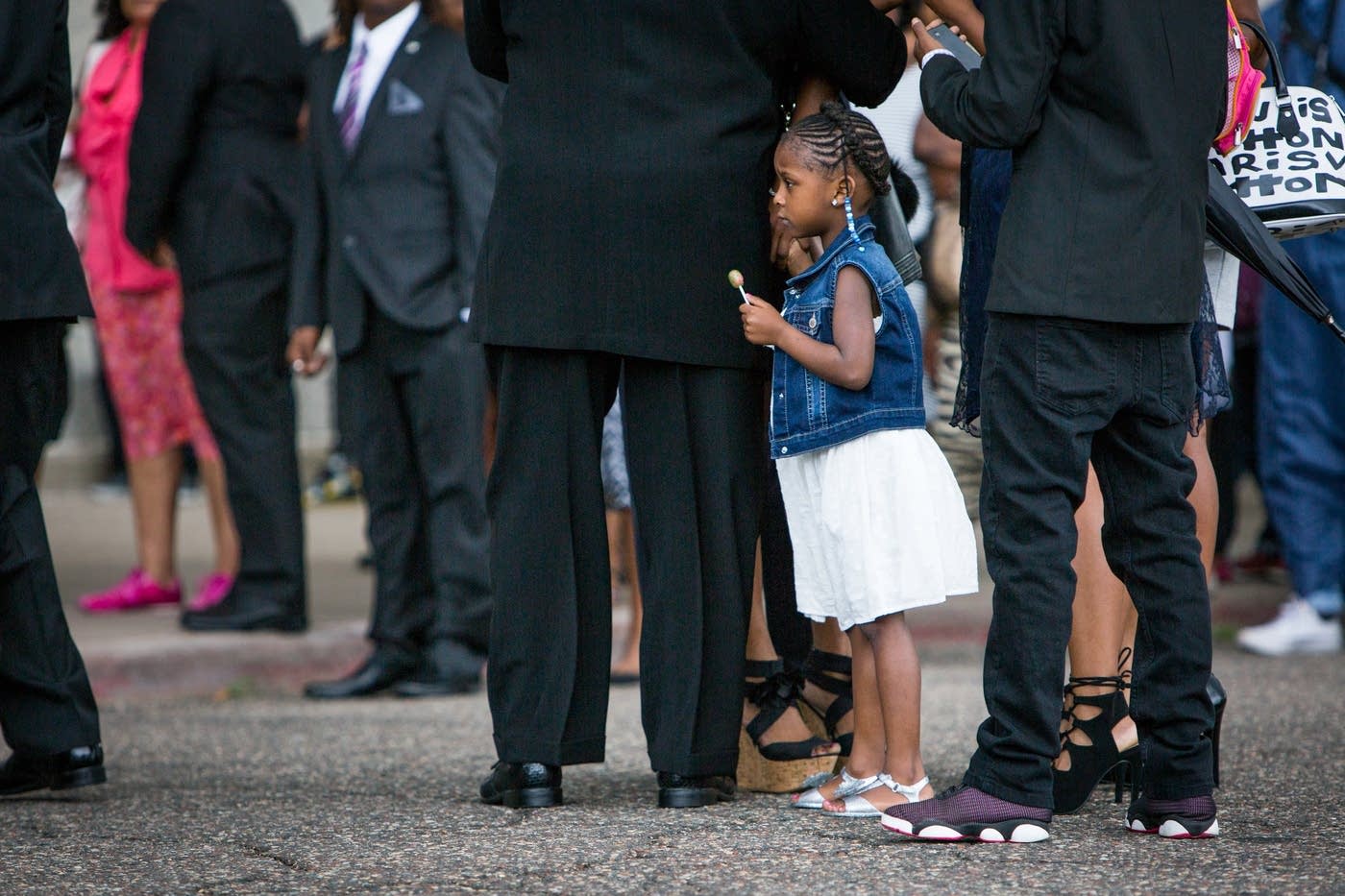
We haven’t heard a lot about Diamond Reynolds since the morning in July when she provided live video of the death of her boyfriend, Philando Castile, shot to death by police in Falcon Heights.
The Washington Post today provides a glimpse into her life since the shooting.
She and her young daughter have been trying to move out of the apartment she and Castile shared. But when she inspected it, the place sounded almost as bad as the place she desperately wanted to leave, the Post says.
But it’s the section about another person who was in the car when Castile was killed that is the most compelling — Dae’Anna, the four-year-old girl.
They had barely discussed the shooting since that day — not with each other and not with a professional — and Diamond thought maybe that was for the best. But she had gone back over her Facebook video in an attempt to understand exactly what Dae’Anna had witnessed from the back seat, expecting to be unnerved by her daughter’s screams. Instead, for the first four minutes of video, Dae’Anna had said nothing, and so Diamond began to wonder: How was that possible? How could anyone, much less a 4-year-old, keep quiet during those four minutes? The force of four bullets fired from point-blank range shook the car, and Dae’Anna was quiet. Castile rolled his head back between the seats and gasped, “I can’t breathe,” and Dae’Anna was quiet. The officer screamed, “Keep your hands where they are!” and she was quiet. The gun, still aimed inside the car, began to shake in the officer’s hand, and she was quiet. Diamond said, “Please don’t tell me he’s dead,” and she was quiet. Castile gripped his bleeding stomach, moaned, slid back between the seats and dropped his head right toward Dae’Anna’s lap, and she was quiet.
Diamond had taught her daughter to react that way. They had been practicing what Diamond called “survival skills” since before her daughter turned 2. Duck at the sound of gunfire. Make yourself small whenever you feel threatened. Never touch guns or needles. The more scared you are, the less noise you should make. These were some of the lessons Diamond had passed along from one generation to the next, and her daughter had learned them well. “It’s okay, Mommy. I’m right here with you,” Dae’Anna had said that day, as they sat together in the back of the police car and the video continued, and Diamond was still trying to understand why that was the one sentence in 10 minutes of archived terror that always made her catch her breath.
“Candles, glitter sticks, lipstick, carnival games, temporary tattoos, face paint,” Diamond said, reading her way down the list.
Dae’Anna had brought up Castile’s name only a few times since the shooting — to ask what had happened to his car or to say that she missed him. Diamond thought Dae’Anna understood he was dead. But mostly she looked happy playing with the toys that strangers kept sending her in the mail: princess outfits, angel statues, Legos and action figures. Once, a few weeks after Castile’s death, Diamond had overheard Dae’Anna playing with the action figures and saying something to them about how policemen shoot to kill. She had thought about going in to explain what it meant to be poor and black in Minnesota, but how could she tell a 4-year-old a story with no moral and no solution — a story with no apparent end? Maybe Dae’Anna was too young to understand, or maybe she already understood well enough. Either way, Diamond had left her alone to play.
Diamond wanted a new start by moving out of their apartment. She finally moved into a new one, a two-bedroom unit in St. Paul. When she moved in, it was in deplorable shape.
A maintenance worker apologized, blaming it on trying to keep up with complaints about a tenant down the hall, an apparent drug dealer.
“This is what I was trying to get away from,” she said.
